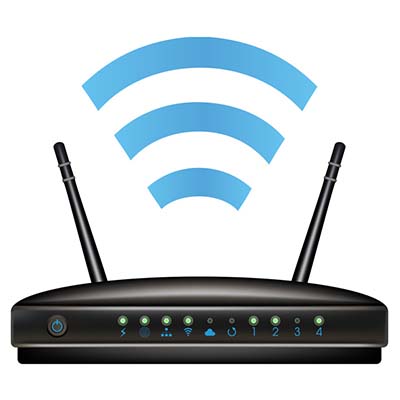
It only makes sense that you would want only the best security for your organization. It’s natural to want to eliminate risk entirely. However, this simply is not a realistic viewpoint to take where your security is concerned, and it can even contribute to greater security issues as a company holds out for the best solution.
This is no way to do business, but it can be hard to identify if you, yourself, are actually trying to bite off more than you can chew. To help, here are three signs that you are actually hurting your company and its security by trying too much and focusing on the wrong things.
1. Setting Standards Too High
Of course there needs to be organizational standards where security is concerned. However, it is important to recognize that ‘perfection’ simply isn’t going to be attainable. Many companies will be committed to their ideal vision of a solution to the point that, until that golden standard is found in reality, they won’t implement what is seen as an inferior option, leaving themselves completely vulnerable. What’s worse, some of these companies will actively find issues with an entirely workable solution, prolonging the process.
This can have the added ill effect of creating organizational paralysis among the workforce. Operational paralysis is simply the lack of movement toward change, improvement, and advancement in a business, due to an impression among the staff that any action will ultimately fail. This makes it particularly difficult to enact any change, whether it’s to your security or otherwise, as your staff will not be motivated to stick to it.
2. Waiting For The Perfect Storm
Many business owners have the tendency to find any reason to wait before starting a project of any kind, including a security initiative. They might want more data to support their proposed strategy, or want another project to be wrapped and put to bed, or want more money or time to commit to it. Any of these reasons may keep them from acting, or from even entertaining an idea.
The thing is, there will never be the perfect time to start a project, and something or other will always be there to get in the way and create friction. However, when it concerns something as important as security, you need to get something workable in place before the worst happens. After all, you can always continue to improve upon things.
3. Lack of Priorities
Again, it is only natural to want to be prepared for everything, but this too often translates into a company spreading themselves thin and not really being prepared for anything. Furthermore, there may just not be the resources available to reinforce a company against all threats at once. In cases like these, it is only too easy to overestimate the risk of some events. To counter this, there needs to be a frank and pragmatic look at your particular situation.
For example, a business located in a dry, arid area is far more likely to experience a fire than they are a flood. Therefore, it statistically makes more sense to prepare for a fire first, and wait until a little later to make the preparations for the flood. Weighing your security risks should follow the same process, which requires a resistance to the knee-jerk reaction to fix everything immediately.
While maintaining your IT security is obviously an important task, it is equally important to strategize your approach to this maintenance. COMPANYNAME can help you handle it. Call PHONENUMBER for more information today.

